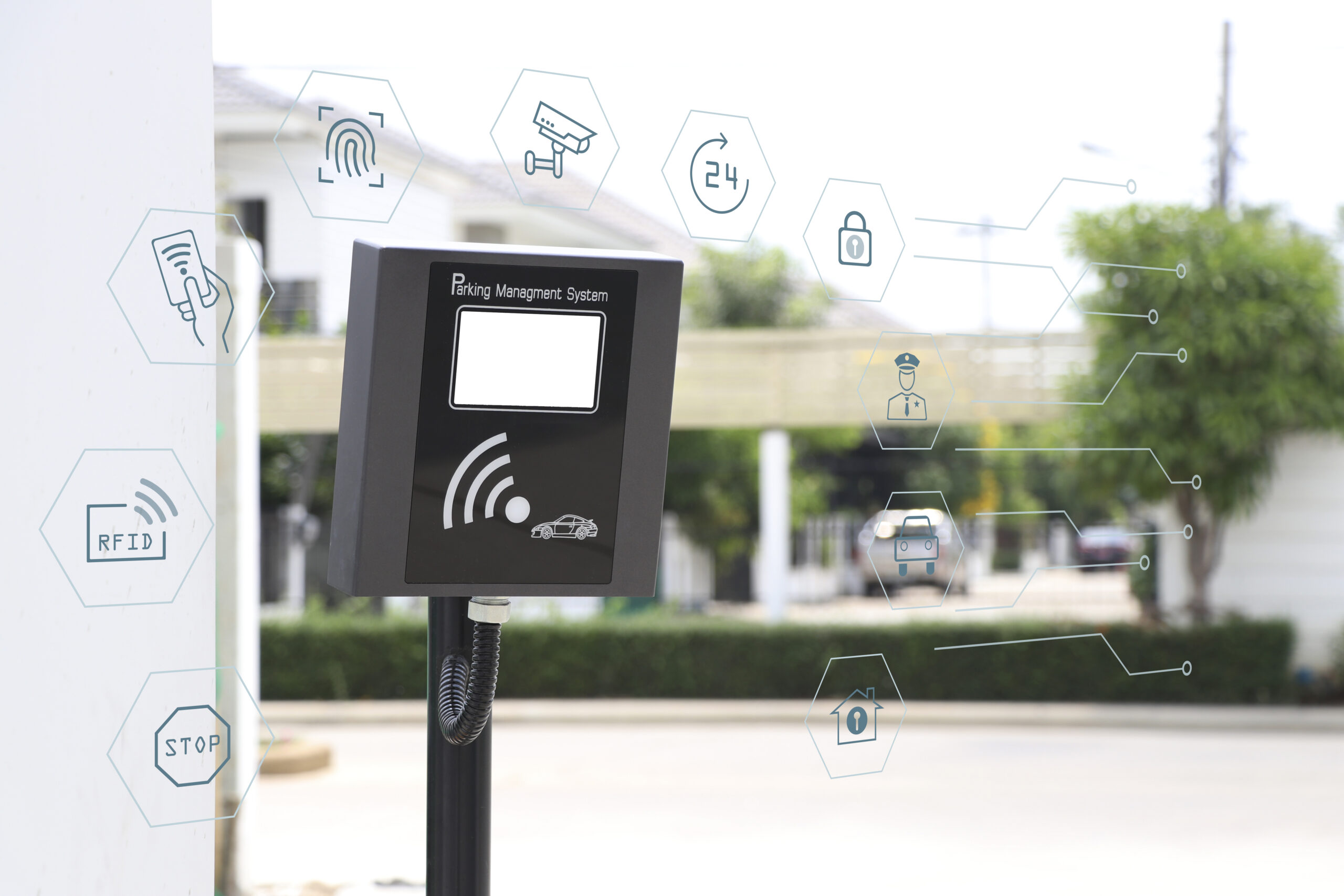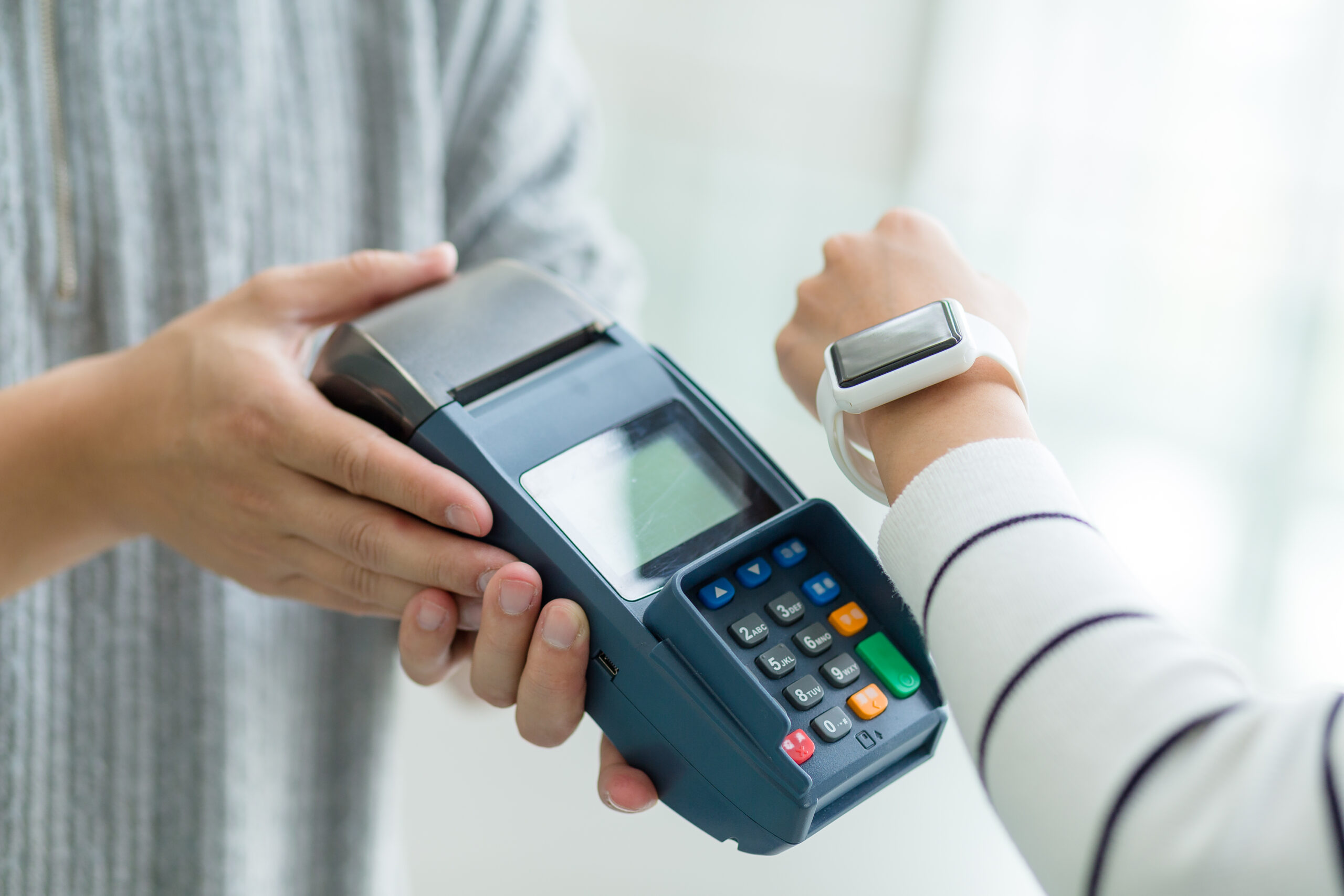A few decades ago, technology pertaining to RFID tracking seemed straight out of a spy movie. Today, the technology remains accessible to even small and medium businesses, letting them track valuable assets worldwide. Yet, the amount of data each glint generates can get too extensive to manage, especially when you plan for such a system for the long term.
Therefore, it helps to know which RFID metrics you must focus on. They can vary with the nature of each business, but a few are common ground for most applications. Keep on reading to find out about the 5 key metrics that require tracking.
Data You Can Obtain From RFID
Operating RFID tracking systems on inventory, shipments, and personnel can grant you various data sets. A few notable ones include the following.
- Identification: One of the most straightforward and popular forms of data to collect via RFID readers. Whether licence plates or ID tags of employees, a simple scan can let you know various details that would otherwise waste precious minutes of assessment.
- Location: Active RFID transmitters emit the real-time location of any peripheral linked to them. Enterprises can choose between localised RFID for enhanced precision or a global tracking system that relays its position through a wireless system in real-time.
- Temperature and Atmospheric Data: A configurable circuit uses RFID to track more specific data, such as temperature, humidity, pressure, etc. No longer do you need to check each sensor individually. An RFID transmitter can relay it to all required systems when you require it.
- Time and Movement: If you operate a time-bound database that records each scan, the time elapsed between each scan can inform you about the duration of storage or the speed of a shipment. That’s more valuable for sensitive cargo such as food and medicine.
- Payments and Transfer Verifications: You can configure RFID readers to integrate with secure banking servers and conduct transactions through a wireless system. Contactless credit cards are a viable example of this methodology.

Key RFID Metrics You Should Be Tracking
Your asset-tracking software can only handle so many RFID metrics before things get out of hand. While you need to consult with your facility manager to focus on which criteria require attention, here are a few that must remain a part of each report.
Tracking Footfalls
The most significant advantage of RFID tracking is to convert physical qualities to digital resources. Thus, reporting the changes in footfalls, both for customers and employees, becomes a cakewalk. You can conveniently scan an employee ID or the items your customers check out. Footfall density lets you redistribute the staff from quieter sections and lets you plan preventive maintenance more effectively.
Frequency Bands
With the emergence of high-volume digital supply chains, standing out from the various signals is imperative, much like a lighthouse signalling safer shores instead of hull-cracking rocks. The Ultra-High Frequency (UHF) RFID band is quite popular with brands that require large-scale order management over multiple continents. So, you can scale down the traffic on your end by using less crowded frequencies. An HF RFID frequency allows precision tracking, even over international borders.
Wristband Preload and Amount
For businesses looking to manage currency and time credits within employees, wristbands and other portable preloads onto a portable device are pretty helpful. It reduces the clutter within the office and lets your customers/employees plan their spending through coupons and discounts. You can build dynamic preloads from any open-source software, and it’s also often compatible with smartphones.
Purchasing Patterns
RFID tracking enables you to study purchasing behaviour. In addition to the preload data, you can track which items or equipment observe more preference than others. In the case of customers, you can plan out which items they find attractive and restock your inventory for an improved profit margin.

Real-time Demographic Data
RFID trackers can enable you to compare the data you receive from public resources. That way, you can gain real-time demographics of your customers. For example, suppose you have a product repeatedly bought by customers from a specific age. In that case, you can ask your marketing team to focus more on increasing the appeal to that age group instead of generalised content.
Short Summary
RFID tracking systems have come a long way from simply scanning an emitter from a suitable reader. With the appropriate resources, you can gain advantages that can benefit your business for years to come. For the best solutions that suit your budget, check out Qbasis for a free quote today.



